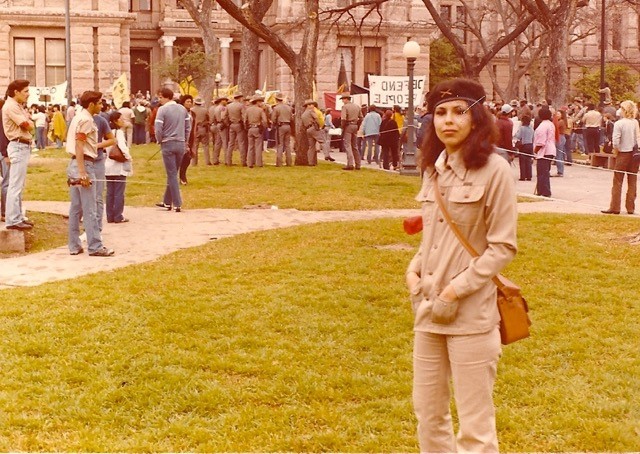East Austin Brown Beret Geographies

Beginning in the late 1960s, a group of Chicanos and Chicanas gathered together as Brown Berets to advance and defend Mexican American issues and people in Austin. Part of a transnational movement, the Brown Berets embraced direct action and confrontation to change and transform the situations facing Mexican American communities. Emphasizing Mi Raza Primero, members pushed a working-class Chicano set of issues, confronting police, city authorities and promoting community based social services.
In 2015, the Austin History Center, the TCU Black and Brown Oral History Project and Savanha Esquivel at Texas State started gathering oral histories with Brown Berets to record history of radical actions for social justice across Texas. Together with Savanha Esquivel, the Center for the Study of the Southwest used these publicly available and accessible oral histories to ground these radical actions in the landscapes that shaped East Austin Brown Beret actions. Together, Savanha Esquivel, John Mckiernan-Gonzalez and Adam Clark searched these interviews for references to specific places; Adam Clark then created an arcgis map that started in East Austin but marked many places – Seattle, the Central Valley, Michigan, Eagle Pass, Waco, Abilene, Viet Nam – that shaped the experience and consciousness of people who participated in the Austin Brown Berets.
It is our hope that the East Austin Brown Beret Geographies will help people recognize the many ways Brown Beret chapter members helped shape the cultural geographies of Austin, Texas and the United States through actions grounded in the communities that made up East Austin. Moreover, that these maps will help document the presence and place of Chicano and Chicana political activity in Central Texas. Finally, that these spots on the map can provide an anchor for current movements across Central Texas.
